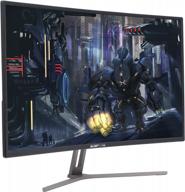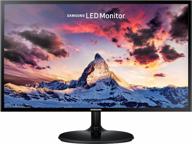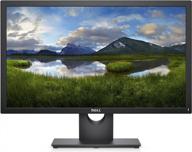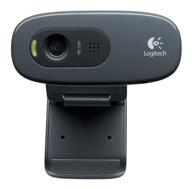
Review on Revolutionize Energy Monitoring with Blue Line Innovations BLI 24000 PowerCost BLI-24000 by Paul Alexander

works in my opinion
When I first tried to set up PowerCost Monitor, I had some difficulties. But thanks to the EXCELLENT support from Blue Line Innovations it's finally working. I can see where some people have given less than rave reviews. Without understanding how the system works, it would be easy to give up. At first I had a hybrid gauge, m200 or something, with a digital display and an infrared peephole that reflected the actual inside of the old-fashioned wheel. No matter what I tried I couldn't get it to work. I tried reading infrared and reading the actual wheel from above. Nothing at all. So I emailed BlueLine and received a response almost immediately. . . and they did everything to help. They asked me to send a photo of my counter. And they helped me try everything in the book to make it work. Nothing yet. We were both ready to give up. And then the thought came (a rare occurrence for me). The plastic case of my PG&E meter was several decades old and it showed. Years of weathering has made it difficult to read even large digital numbers through the case. I suggested calling PG&E to have it replaced. Three days later I had a shiny new PG&E meter, but a different model. It only had a digital display and an infrared eye. The wheel was completely closed. And the worst part was that it got bigger, so big that the metal strap on the transmitter unit could no longer be wrapped around it to attach the unit to the meter. A visit to the hardware store solved the size problem. And when I then set the sending device to infrared, lo and behold, it worked. The wheel simulator on the receiving display matched the wheel simulator time on the gauge. The monitor now runs for 24 hours and when turning the instruments on and off shows highs and lows exactly as expected, albeit with a delay of around 30 seconds. due to the communication protocol of the system. And my Wi-Fi meters consistently show 5 bars about 60 feet from the transmitter across 3 walls. I have to say I would have given up on the system if it weren't for the helpful instructions provided by BlueLine support. I had some misconceptions about how I thought the mechanism worked, which insight cleared up. I would argue that some of these tidbits of information could be stated more clearly in the documentation. But the helpful folks at BlueLine more than overshadowed that. I am listing my misconceptions and insights here in case they are useful to someone. 1) The fact that a meter has digital readings does not guarantee that it is a digital meter. Mine was a hybrid. This is important when setting the system multiplier. Mechanical gauges typically have a multiplier of 7.2 listed on the face of the gauge. Purely digital meters have a factor of 1. When in doubt, use the factor shown on the actual meter. 2) If the Wi-Fi indicator shows little or no power at first, don't panic. If the identification process worked, the sender and receiver are connected. After I brought my display in, it showed 0 bars. It took about 3 minutes for the force to gradually increase to 5 bar. I don't know if that helps or not, but I put my display on the table and didn't move it for the first few minutes. This delay is due to the system communication protocol. 3) The system's Wi-Fi protocol is limited to a periodic burst by the FCC. It doesn't broadcast constantly like computer WiFi or a cell phone. Because of this, it takes some time for the signal strength indicator to show full power. For the same reason, he does not immediately respond to turning on the stove. About every 30 seconds (I think) it sends the accumulated stats from the previous period. When everything is stable, it works fine. But without understanding this delay, it is easy to conclude that the device is not working, has poor reception and is inaccurate. 4) Make sure your meter case is clean and unworn after years of exposure to the weather. Make sure the infrared eye is clean on meters that route the signal to the outside of the case. I admit it only works one day and I can change my setup in a month or a year. And I can understand where some would be willing to send the thing back after hours of fiddling around. But with an understanding of how it works and patience, it really does work and is very indicative of how much energy we are wasting. I hope my experience can help. Mike Yalkut
- monitors
- Flickering: If the monitor's refresh rate is too low, the display may flicker.
New products
Comments (0)
Top products in 🖥 Monitors

Sceptre C325B-144R: Advanced FreeSync HD Display with Wall Mounting and Tilt Adjustment

94 Review

Samsung Flat Monitor Super Slim Design 27", 1920X1080P, 75Hz, Flicker Free

112 Review

🖥️ Revolutionize Your Interface with Planar PXL2230MW 22 Inch 16 Touchscreen

97 Review

Dell E2318Hx LED Lit Monitor: High-Definition Display with Flicker-Free Technology and IPS Panel

109 Review
Another interesting products

Smartphone Samsung Galaxy A50 4/64 GB, 2 SIM, black

82 Review

Apple AirPods Pro MagSafe RU Wireless Headphones, White

159 Review

Logitech HD Webcam C270: Crisp 720p Widescreen Video Calling & Recording (960-000694), Lightweight and Portable at 3.15 lb.

192 Review

50AA2500 EBL Individual Battery Charging System - Rechargeable Batteries

56 Review

